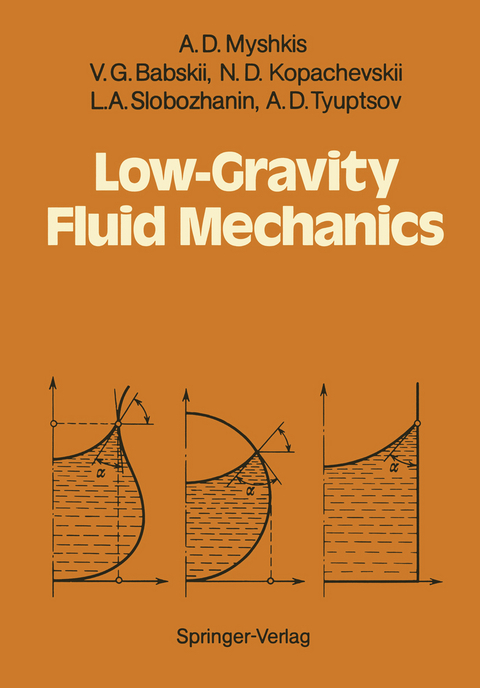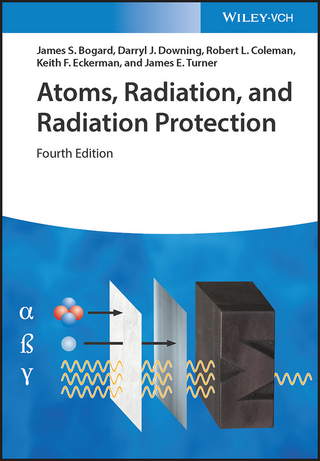
Low-Gravity Fluid Mechanics
Springer Berlin (Verlag)
978-3-642-70966-1 (ISBN)
We are extremely grateful to Springer-Verlag and to Prof. Dr. W. BeiglbOck for bring ing out the English edition of our book. We are also thankful to Dr. R. S. Wadhwa for a qualified translation. While preparing the manuscript for translation, we took the opportunity to go through the whole text, make necessary amendments, supplement the original material with new results, and considerably enlarge the lists of references. We hope that this book will serv~ to strengthen the bonds of international coopera tion in this field. July 1986 The authors Translator's Note The final form of the bibliography contains a (free) English translation of all the Russian books and papers published in the USSR. This has been done at the request of the authors and with the concurrence of Prof. BeiglMck. The titles are not always exact, and some of the works have already been translated into English or other European languages. Unfortunately, the authors were not in a position to provide detailed information on this subject. R.S. Wadhwa Preface to the Russian Edition What shall I do ... With their weightlessness In this ponderous world? M. Tsvetaeva, The Poet This book deals with the behavior of a liquid in zero-gravity or conditions close to it. The surge of interest in zero-gravity problems stems from the progress attained in the field of spaceflight, where such conditions can be attained for long periods of time.
1. Introduction.- 1.1 On Zero-Gravity.- 1.2 Surface or Capillary Forces.- 1.3 On the History of the Problem.- 1.4 Subject Matter of the Book.- I Statics.- 2. Equilibrium Shapes of a Liquid.- 3. Stability of Equilibrium States of a Liquid.- 4. Bifurcation of Equilibrium States.- II Small Oscillations.- 5. Small Oscillations of an Ideal Liquid.- 6. Methods of Calculating Linear Oscillations of an Ideal Liquid.- 7. Linear Oscillations of a Viscous Liquid.- III Convection.- 8. Convection in a Self-Gravitating Liquid.- 9. Thermocapillary Convection.- References.- References to Preface and Introduction.- References to Part I (Chapters 2-4).- Supplementary References.- References to Part II (Chapters 5-7).- Supplementary References.- References to Part III (Chapters 8-9).- Supplementary References.
| Erscheint lt. Verlag | 17.11.2011 |
|---|---|
| Übersetzer | R.S. Wadhwa |
| Zusatzinfo | XX, 584 p. |
| Verlagsort | Berlin |
| Sprache | englisch |
| Maße | 170 x 244 mm |
| Gewicht | 1033 g |
| Themenwelt | Naturwissenschaften ► Physik / Astronomie ► Angewandte Physik |
| Naturwissenschaften ► Physik / Astronomie ► Astronomie / Astrophysik | |
| Naturwissenschaften ► Physik / Astronomie ► Mechanik | |
| Naturwissenschaften ► Physik / Astronomie ► Strömungsmechanik | |
| Technik ► Luft- / Raumfahrttechnik | |
| Schlagworte | fluid- and aerodynamics |
| ISBN-10 | 3-642-70966-4 / 3642709664 |
| ISBN-13 | 978-3-642-70966-1 / 9783642709661 |
| Zustand | Neuware |
| Informationen gemäß Produktsicherheitsverordnung (GPSR) | |
| Haben Sie eine Frage zum Produkt? |
aus dem Bereich


